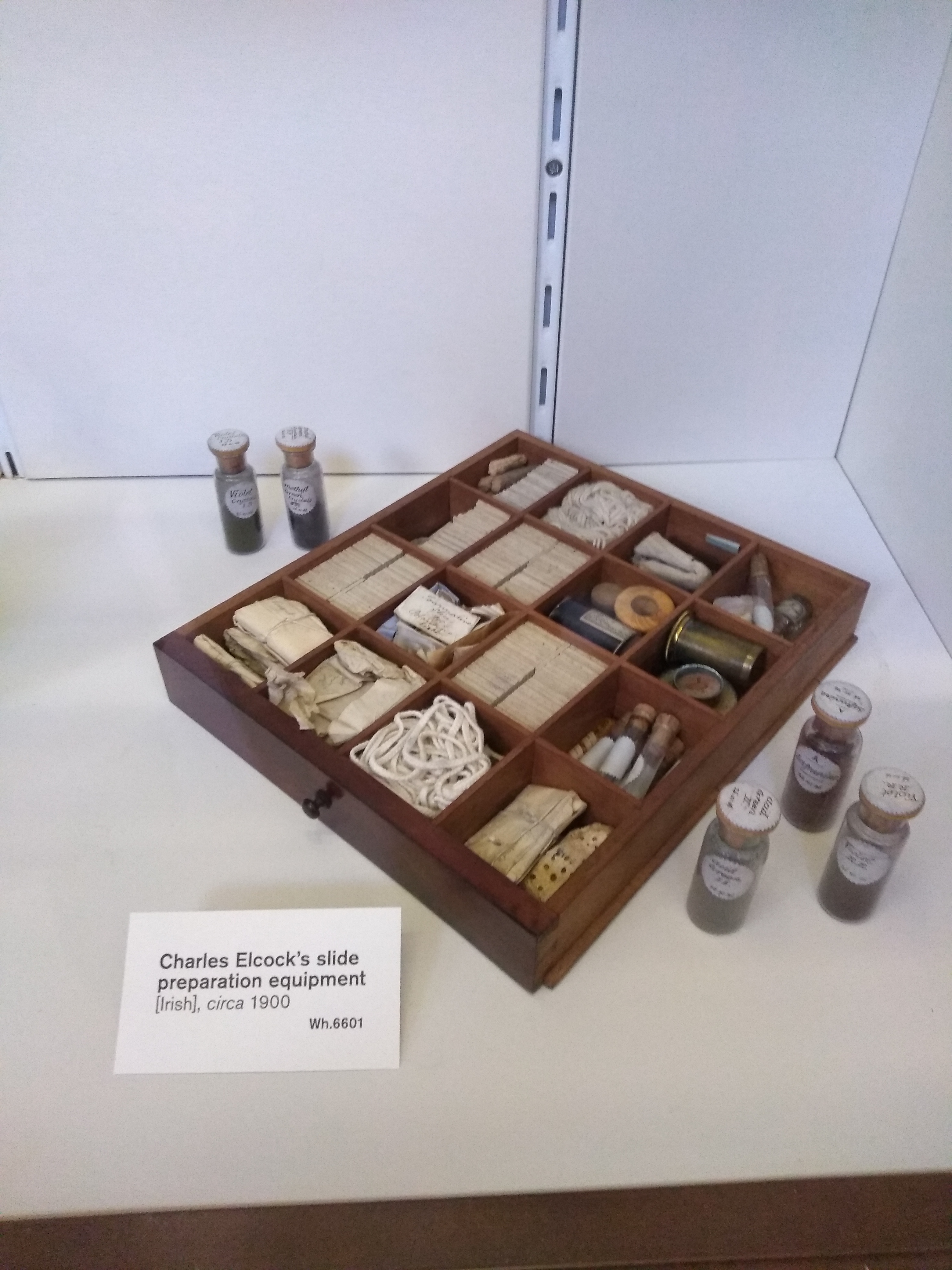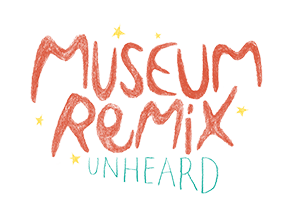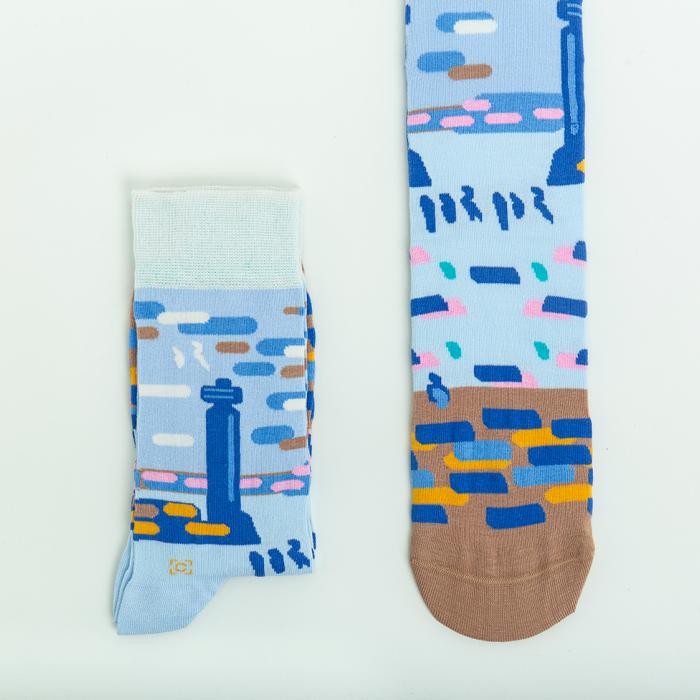Listen: Dive into the world of tiny marine creatures, Foraminifera
Creator: Laura Grace Simpkins, Museum Remix contributor
Transcript
Foraminifera. I’m looking at one of the slides with just my eyes. There is no need for a microscope. There are hundreds of these fossilised shells stuck to this glass rectangle, set against a black, gridded background.

It can’t be much bigger than three one pence coins laid next to each other side by side. The fossils are so pretty, and elegant and delicate; more like a jeweller's display window than an object for scientific inspection. I see craft, and care and commitment. I want to investigate these specimens, that were previously unknown to me, in more detail. I’m drawn to them by their aesthetic qualities, by their arrangement, the pattern they make. These tiny, fossilised shells sit on the slide like cultured pearl earrings nestled into a black velvet box awaiting their presentation to a delighted recipient.
Charles Elcock was a professional microscope slide maker who worked at the end of the 19th century. He specialised in mounting the fossils of foraminifera, shortened to ‘forams.’ Single, celled organisms that grow protective shells from less than one millimetre up to twenty centimetres in diameter. ‘Forams’ have been on the fossil record for over five hundred million years. The fossils of their shells are essential to the appearance of a wide range of geological phenomena. Red shelled ‘forams’ grow on coral reefs off the coast of Bermuda. When they die they fall to the ocean floor and get crushed up with bits of coral and other shells. Over time this ‘foram’ [and] coral shell mix washes up on the shore, resulting in Bermudas' famous pink sand beaches. It’s now illegal to take pink sand home. I wonder if Elcock had ever received any red shelled ‘forams’ for him to mount back in Ireland. I’ve somehow drifted on the pink sands of Bermuda. Stretched out with a rum swizzle in hand soaking up the rays of the sun.
Why does my deep dive from Elcock’s slides to pink beaches make me so excited? Why is pink sand just cool? To me, it’s proof that nature is bright and fun. That nature is colourful, diverse, queer. That there isn’t a distinction between "art" and "science" in nature. That "nature" itself is a construct. Those are all human-centric ideas, borne out of the European Enlightenment. There is little to be gained from continuing those distinctions. Elcock’s scientifically-useful and aesthetically- pleasing slides invite me into imagining new ways of performing science. I’d like to see a pink-sandy kind of science, one that is creative and queered. A science that has to respond to nature expressively, that has a dialogue with it, that works on a give-and-take relationship. A science that moves beyond mere order, control, and labelling, towards appreciation, connection, and imagination.
This track is part of the Museum Remix: Unheard project.





